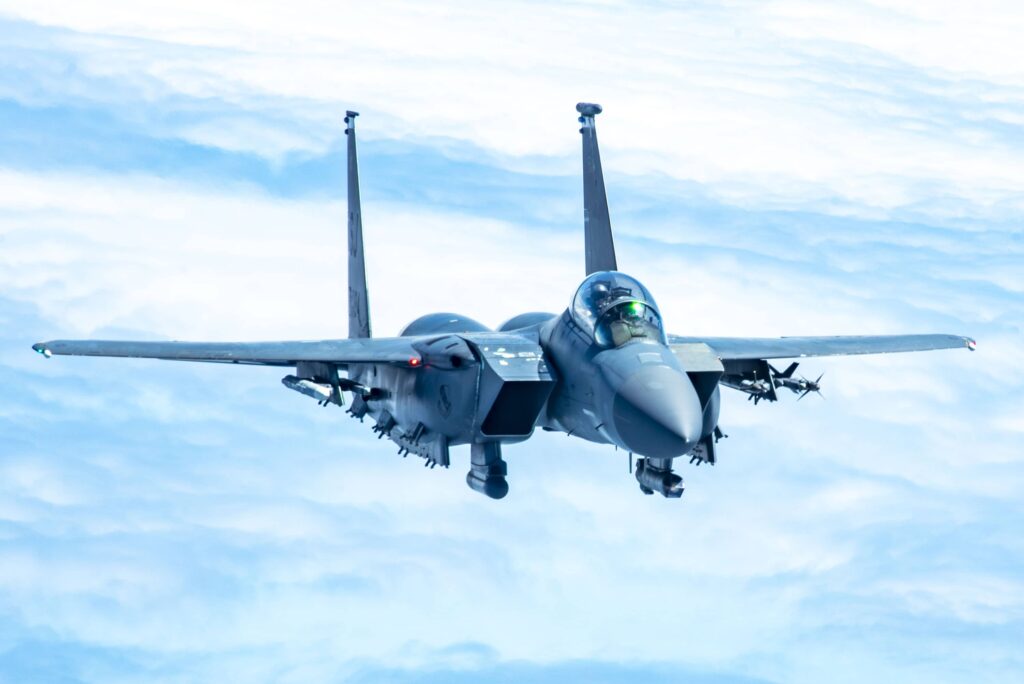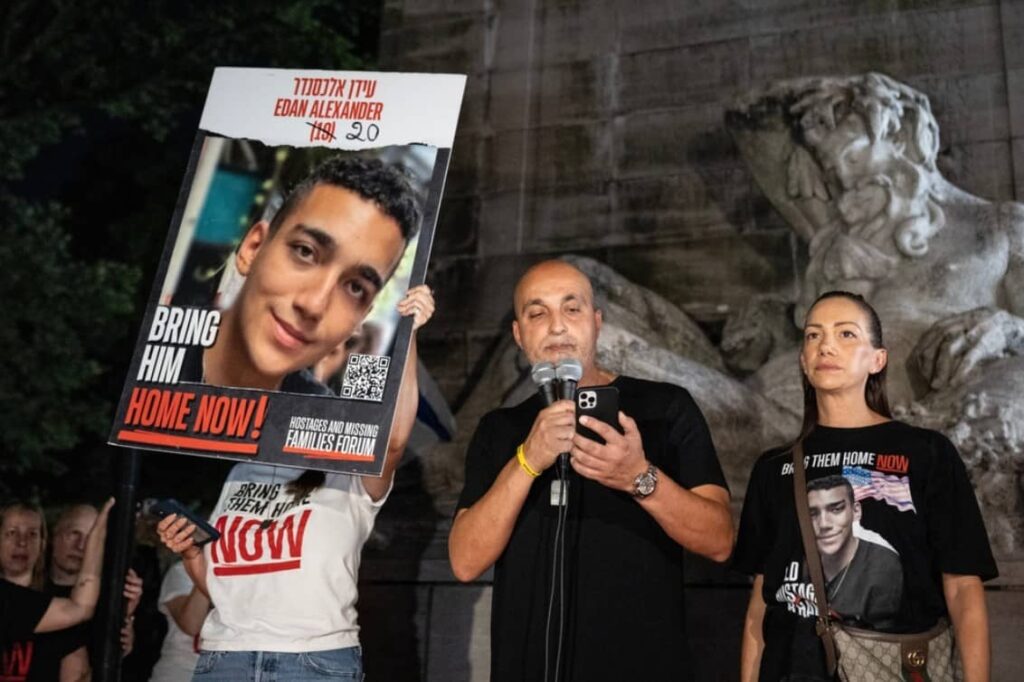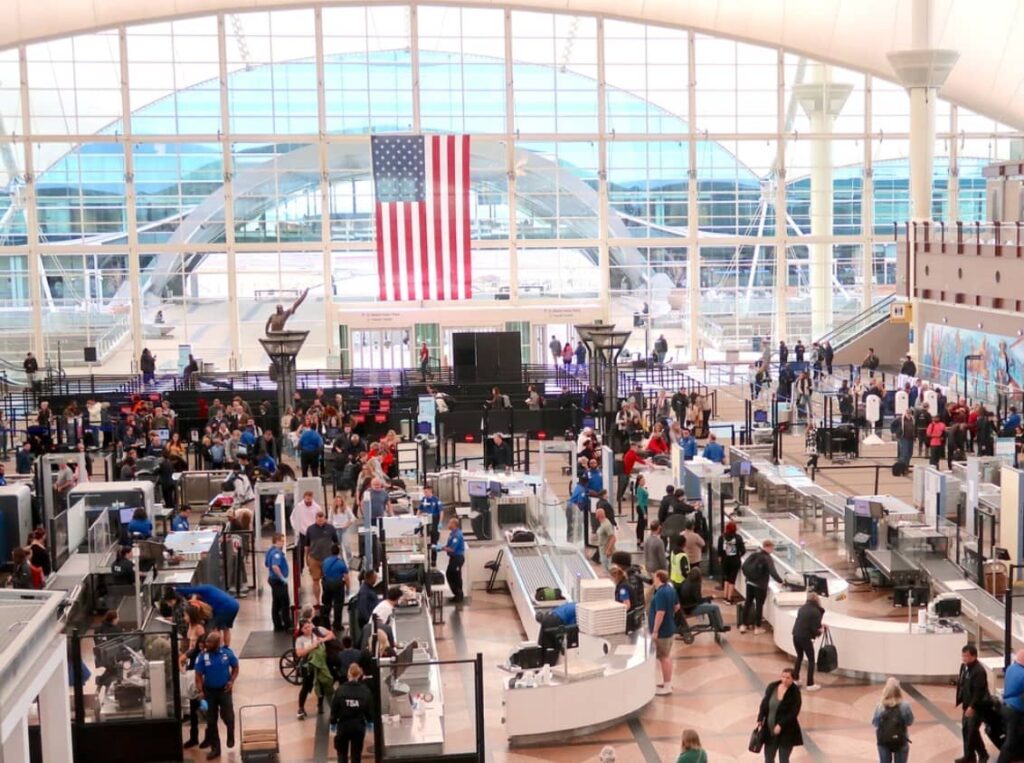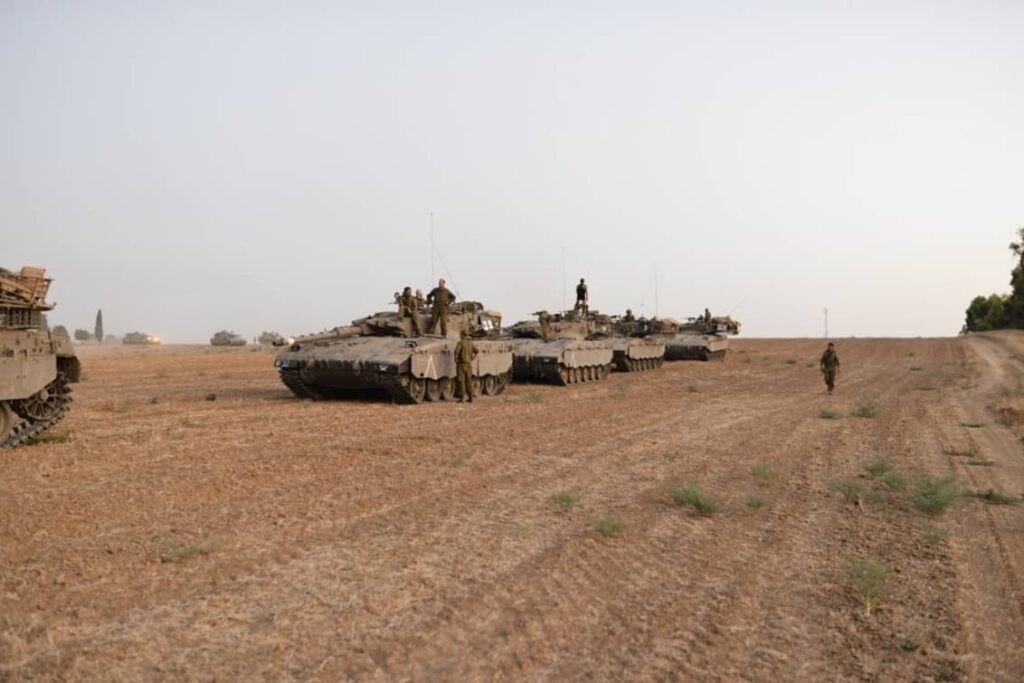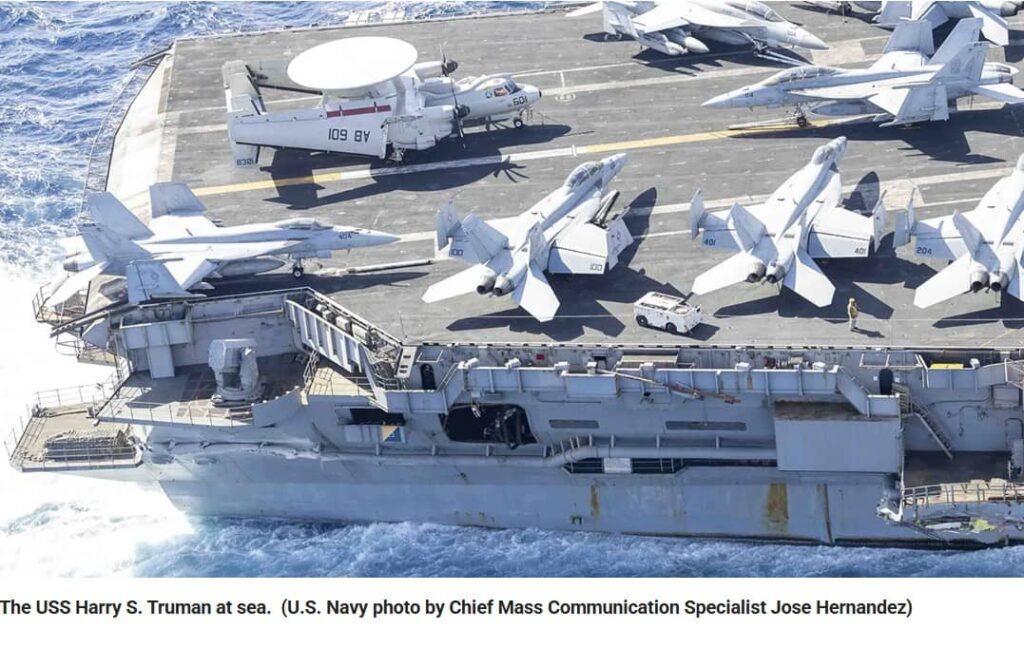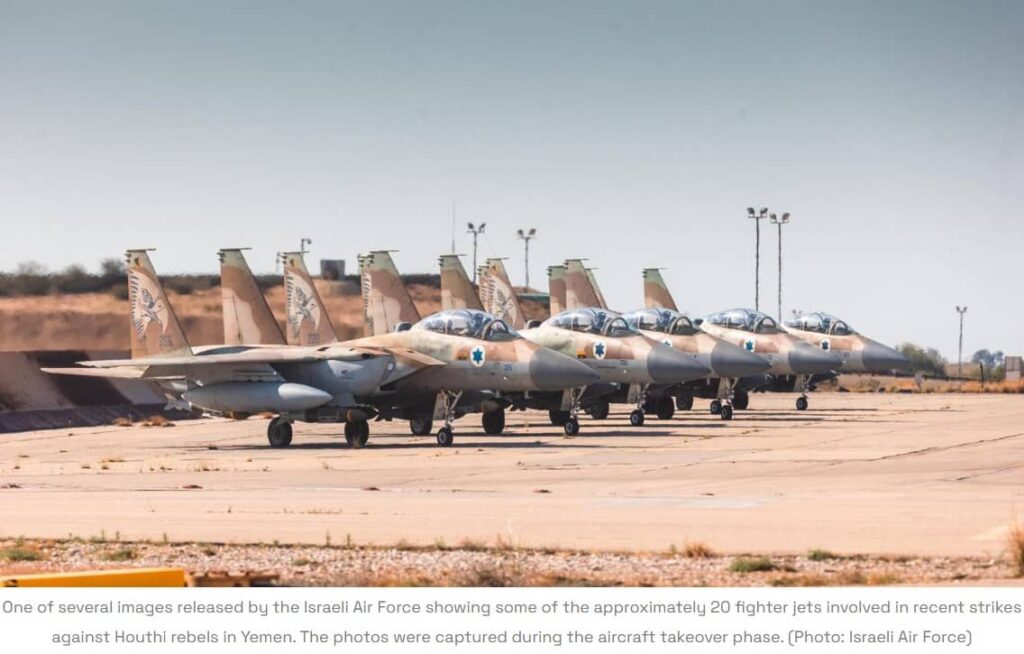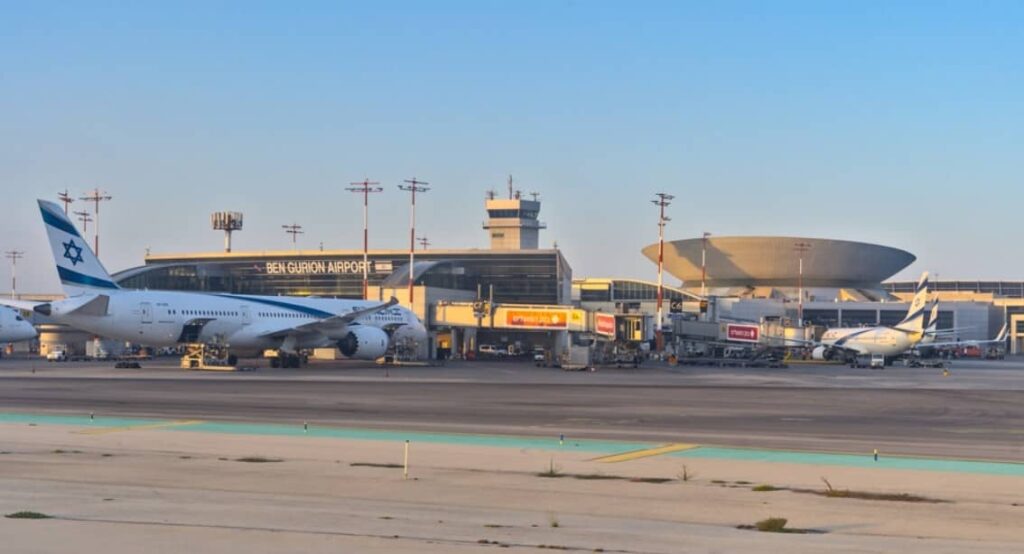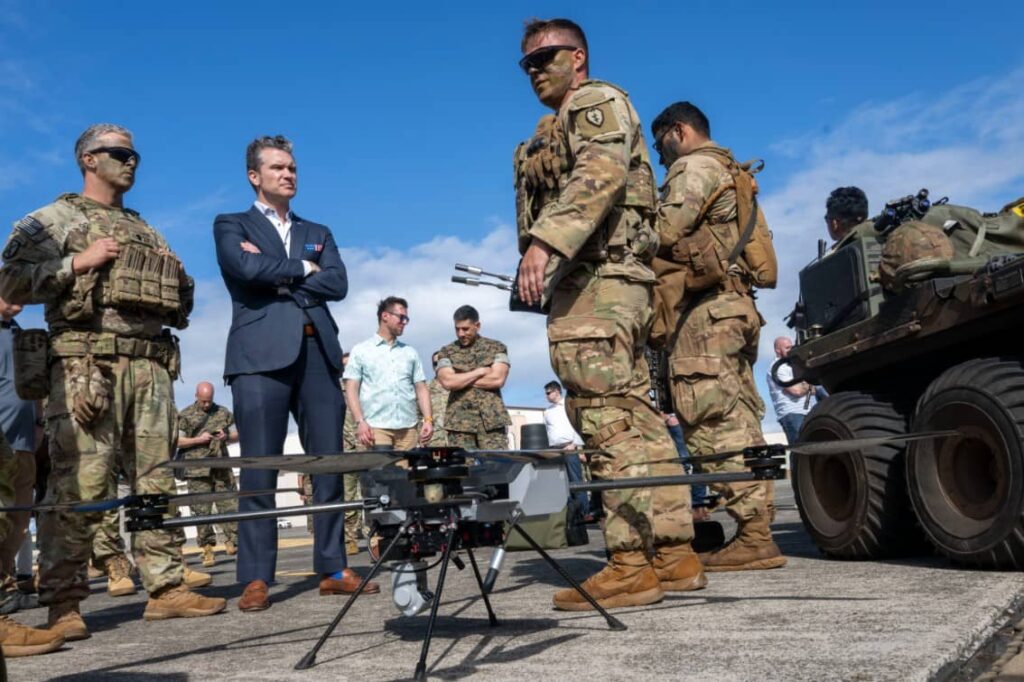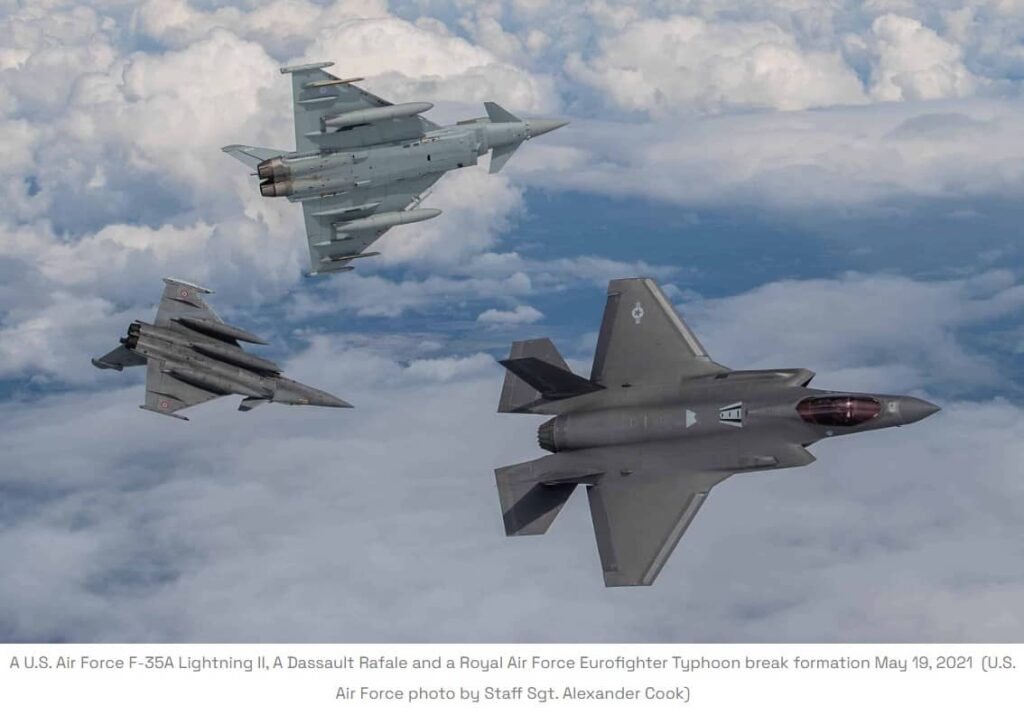F-35 Evades Houthi Missile During U.S. Operation Over Yemen
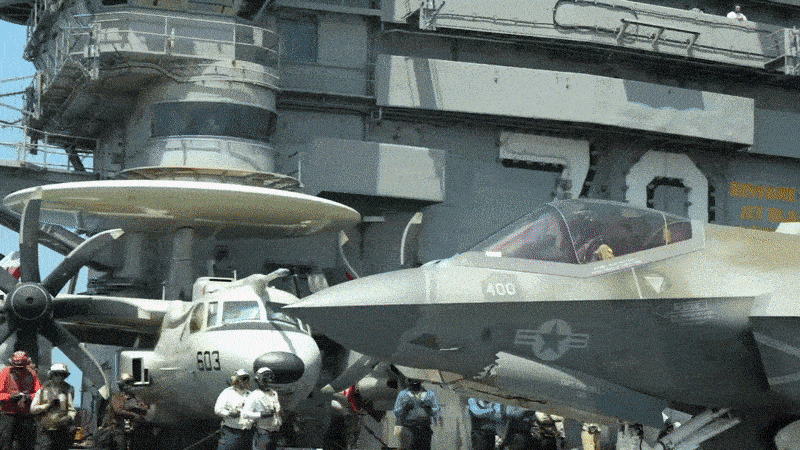
A U.S. F-35 stealth fighter jet was forced to take evasive action to avoid a surface-to-air missile fired by Houthi forces during a combat sortie over Yemen in April, a U.S. official confirmed to The War Zone. The incident reportedly occurred during Operation Rough Rider, the U.S.-led air campaign against Houthi military infrastructure launched on March 15.
“They got close enough that the [F-35] had to maneuver,” the official told The War Zone, speaking on condition of anonymity to discuss operational details. The missile engagement marked the first publicly known instance of an F-35 being directly targeted by Houthi air defenses, which have proven increasingly effective in recent months.
The initial report of the missile incident appeared in The New York Times, which cited multiple U.S. officials familiar with the campaign. The report stated that several American fighter jets, including an F-35, were nearly struck by enemy fire in the opening weeks of the operation.
The precise variant of the F-35 involved was not disclosed. F-35As from Hill Air Force Base were deployed to the Middle East in March, while F-35Cs operate from the Navy aircraft carrier USS Carl Vinson which is currently in the region.
USS Carl Vinson (CVN 70) living up to its motto: "Vis Per Mare," which means “Strength from the Sea” in the U.S. Central Command area of responsibility… pic.twitter.com/4t964ihhbg
— U.S. Central Command (@CENTCOM) April 12, 2025
Although the missile failed to hit its target, the close call has reportedly renewed scrutiny of the $2.1 trillion F-35 program. “If one of those got shot down by a non-state actor, that would really put a lie to all the claims about the magical capabilities of the F-35,” said Dan Grazier, a senior fellow at the Stimson Center, in comments to Task & Purpose. He noted that the aircraft still faces limitations, including delayed software updates and degraded combat readiness.
The U.S. military has about 630 F-35s in service across the three branches, according to an April 2024 report from the Government Accountability Office. The aircraft’s unit cost ranges from $82.5 million for the F-35A to $109 million for the F-35B.
The New York Times also reported that a F-16 was nearly struck by Houthi air defenses during the early phase of the campaign. However, a U.S. official later told The War Zone that there was no confirmation of evasive action by an F-16.
The campaign also saw the loss of two F/A-18 Super Hornets from the aircraft carrier USS Harry S. Truman. On May 6, one jet went overboard after a failed landing arrestment. A week earlier, another F/A-18F fell into the sea during evasive maneuvers in response to Houthi missile activity. In both cases, aircrews survived with minor injuries.
A third F/A-18F was accidentally shot down by the guided-missile cruiser USS Gettysburg in December while operating in the Red Sea.
U.S. fighter aircraft were not the only platforms to face threats during the operation. Over a six-week span, Houthi forces shot down seven MQ-9 Reaper drones, according to defense officials. The shootdowns occurred on March 31 and on April 3, 9, 13, 18, 19, and 22. Each MQ-9 is estimated to cost around $30 million, according to the Congressional Research Service, bringing the total potential loss to more than $210 million in MQ-9s alone.
Despite these setbacks, President Donald Trump declared the campaign a success and ordered its termination the night of May 5th, according to a defense official speaking to CNN.
U.S. Central Command said on April 27 that Operation Rough Rider had destroyed key Houthi military infrastructure across Yemen, including air defense systems, weapons depots, and command facilities. The strikes were part of a broader effort to “disrupt and degrade” the group’s ability to conduct attacks, following more than 170 missile and drone launches on U.S. warships and 145 strikes on commercial vessels since November 2023.
— U.S. Central Command (@CENTCOM) April 27, 2025
Among the most consequential actions was an April 17 U.S. strike on the Ras Isa oil terminal along Yemen’s Red Sea coast. The facility, used to import fuel into Houthi territory, erupted in flames following the attack. Houthi-run Al Masirah TV reported 58 killed and 126 wounded.
CENTCOM described Ras Isa as a major revenue source that helped fund Houthi operations. “Profits from these illegal sales are directly funding and sustaining Houthi terrorist efforts,” CENTCOM said, adding that the strike aimed “to eliminate this source of fuel for the Iran-backed Houthi terrorists” while avoiding harm to civilians.
Some of the closest footage we have gotten so far of the strikes by the U.S. Air Force and Navy against the Houthi-controlled Ras Isa Oil Port in Western Yemen on April 17th, filmed by Turkish sailors onboard an oil tanker off the coast of the Red Sea. pic.twitter.com/5o1ugpiTar
— OSINTdefender (@sentdefender) April 28, 2025

